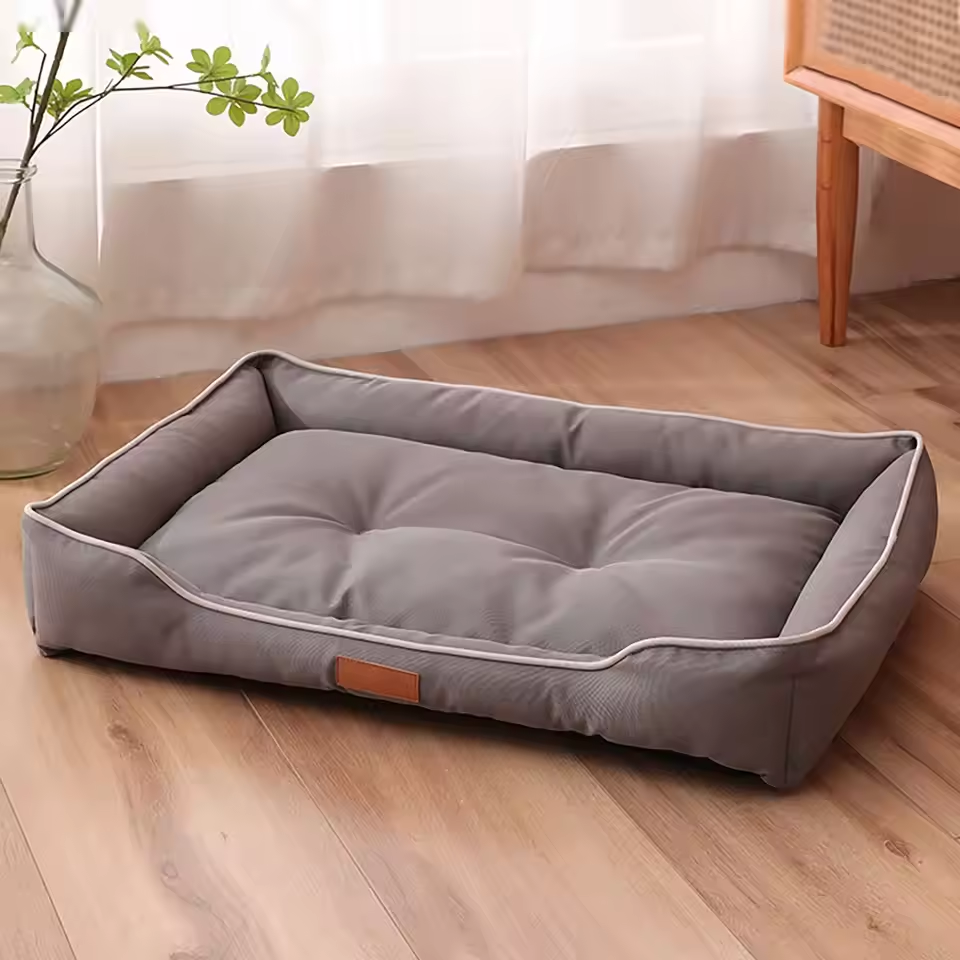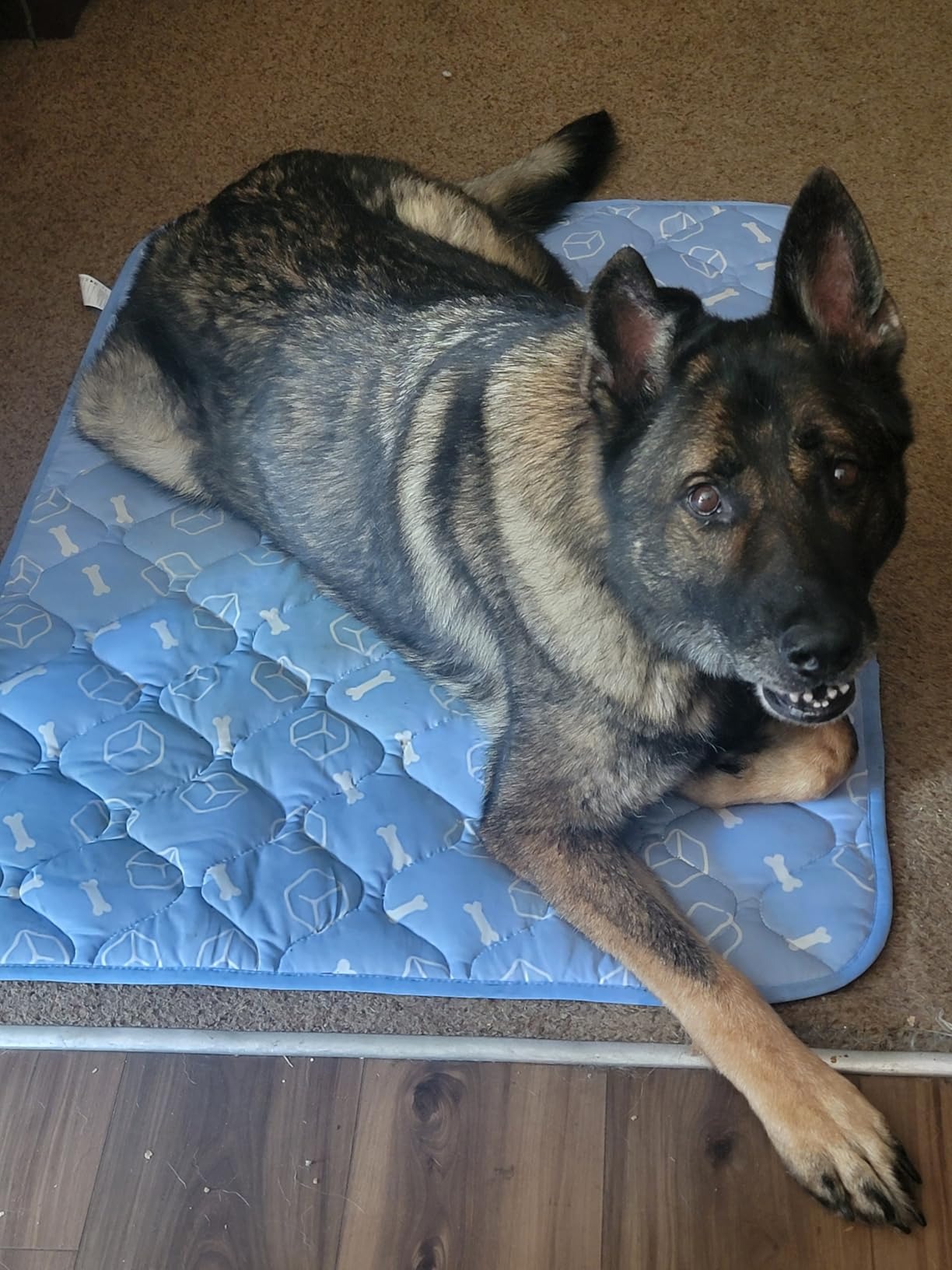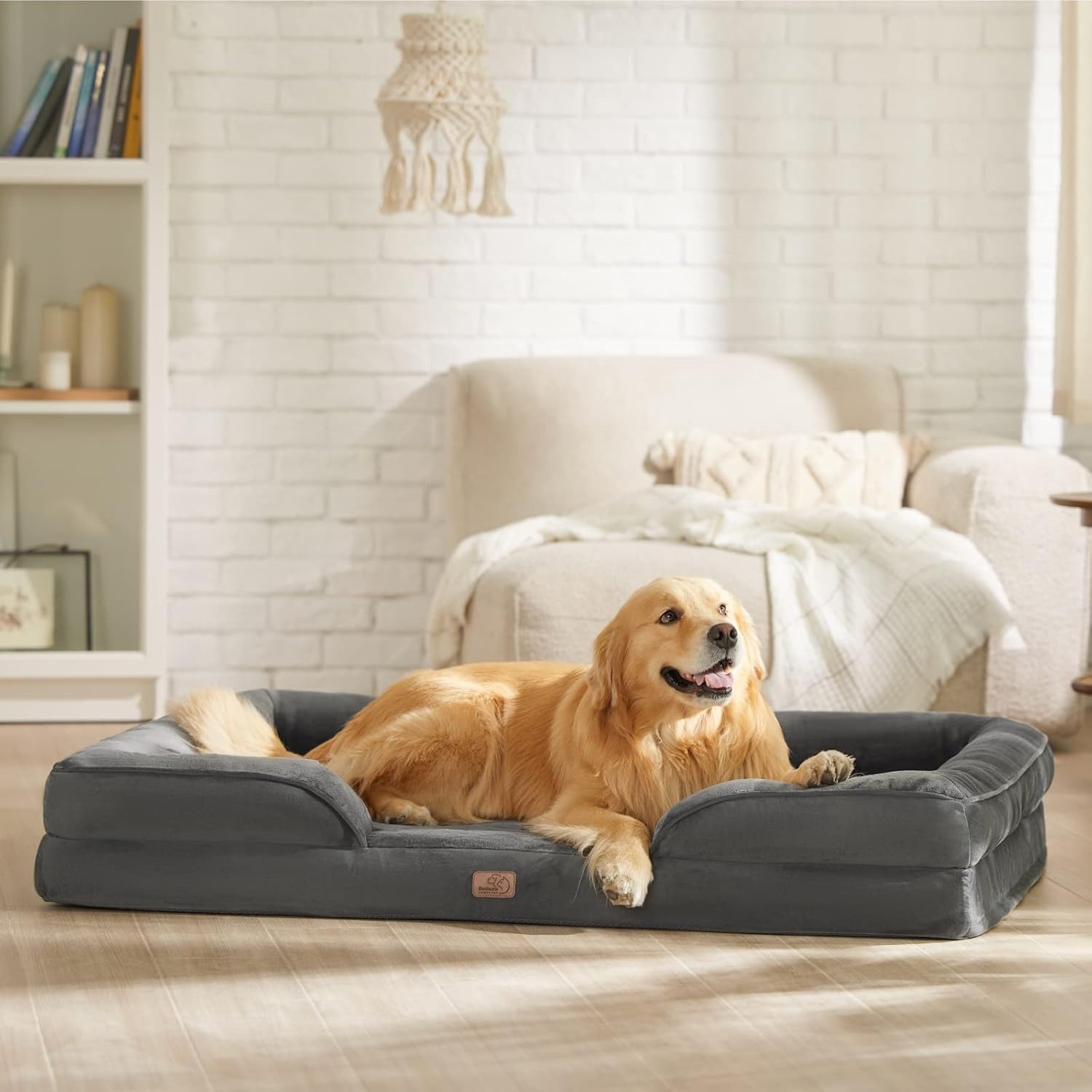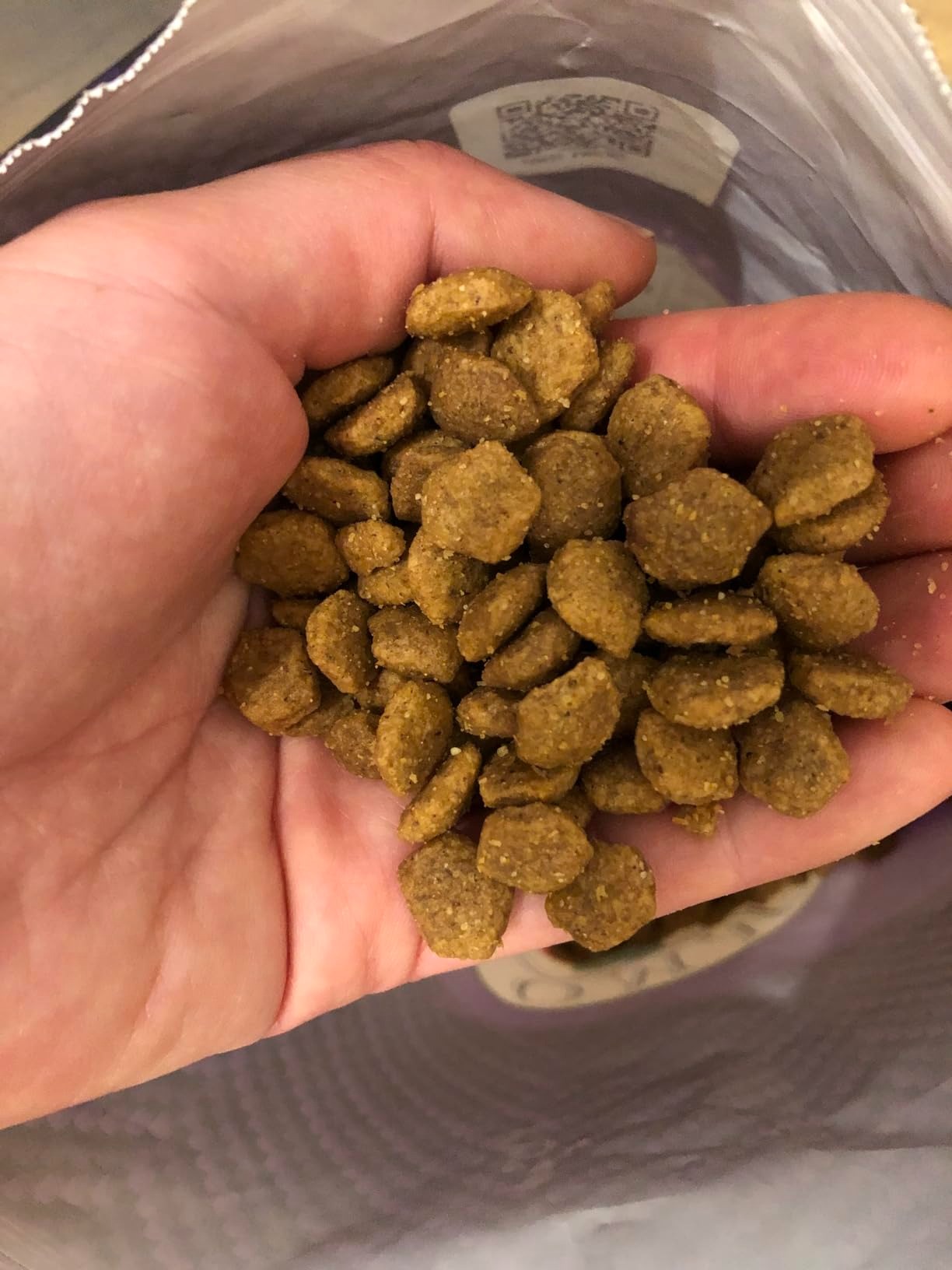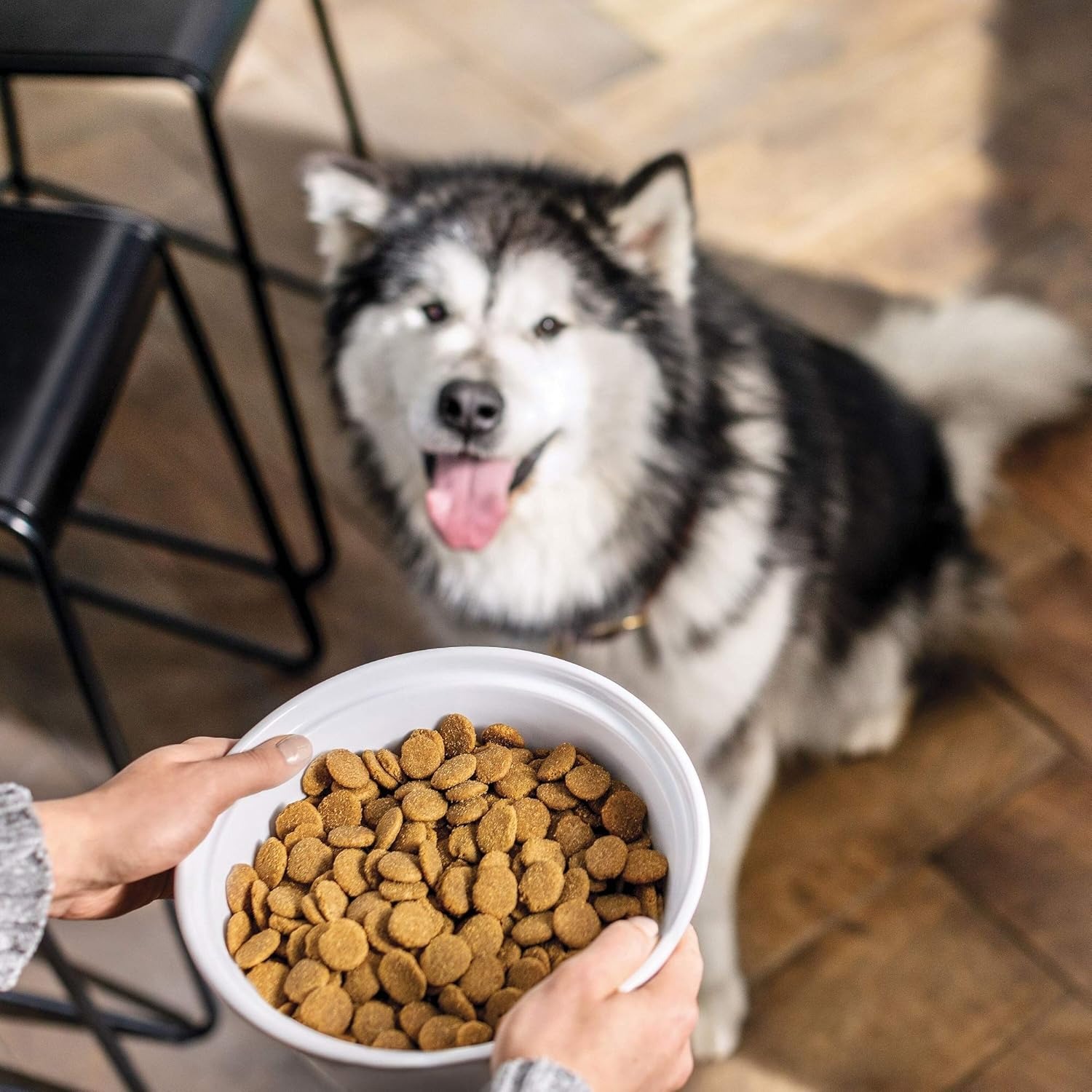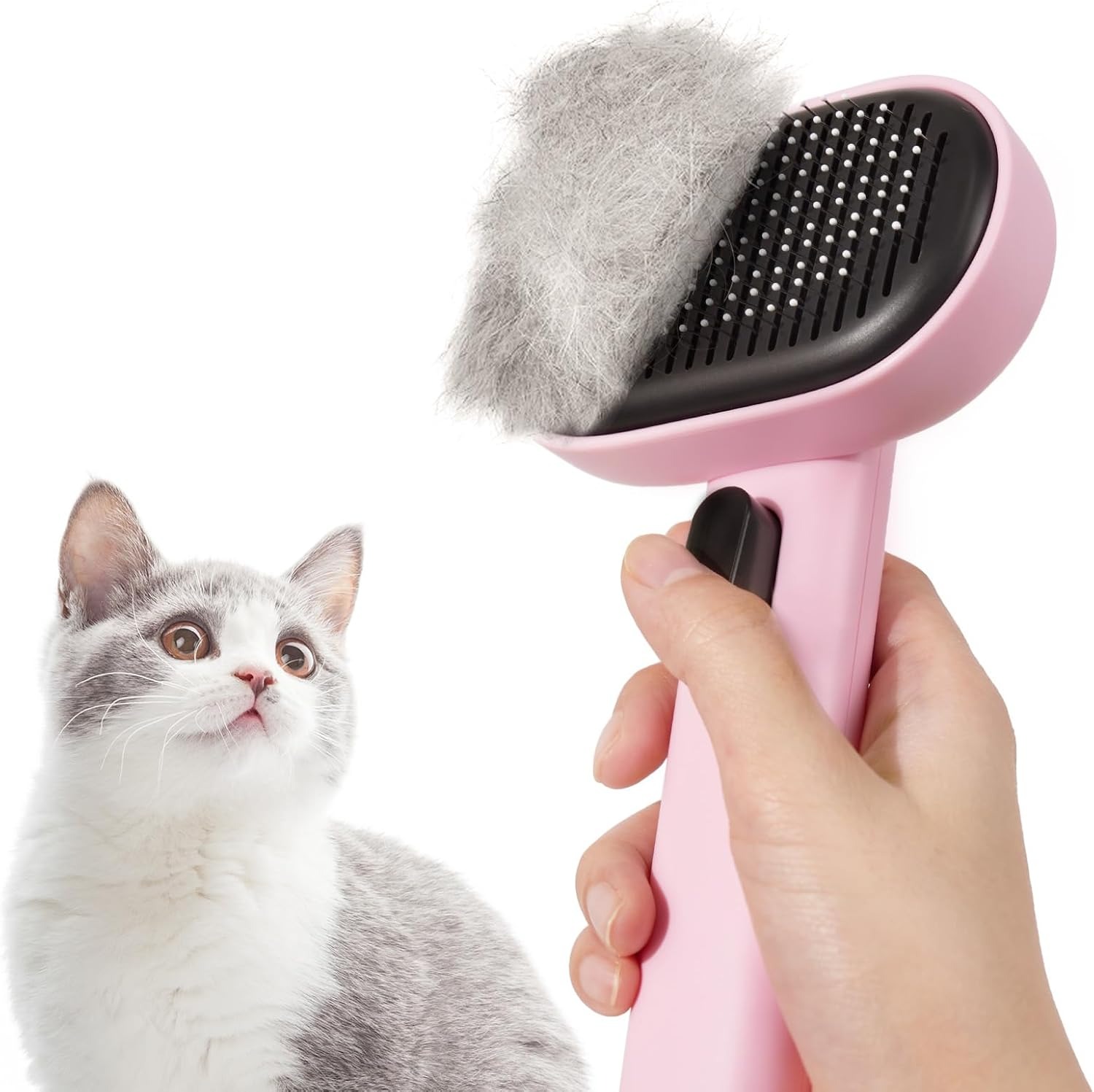Introduction to Canine Cooling Mat: More Than a Pad
A canine cooling mat is a critical tool for keeping dogs safe in hot weather. Unlike ordinary beds, it uses phase-change materials (PCMs) or evaporative cooling to lower body temperature, reducing the risk of heatstroke—a leading cause of dog fatalities in summer. These mats are especially vital for brachycephalic breeds (e.g., Bulldogs) or senior dogs, which struggle to regulate their temperature.
Modern designs go beyond basic cooling:
- Gel-infused mats provide sustained relief, maintaining a 10–15°F temperature drop for hours.
- Portable cooling pads with carrying straps double as travel gear for hikes or car rides.
- Outdoor mats feature UV-resistant covers to withstand sunlight while protecting joints.
Beyond physical cooling, these mats promote behavioral calmness and better sleep by mimicking a natural resting environment. A pet cooling bed also supports arthritis recovery through its ergonomic design.
Whether used indoors or outdoors, a canine cooling mat ensures your dog stays comfortable—even in extreme heat.
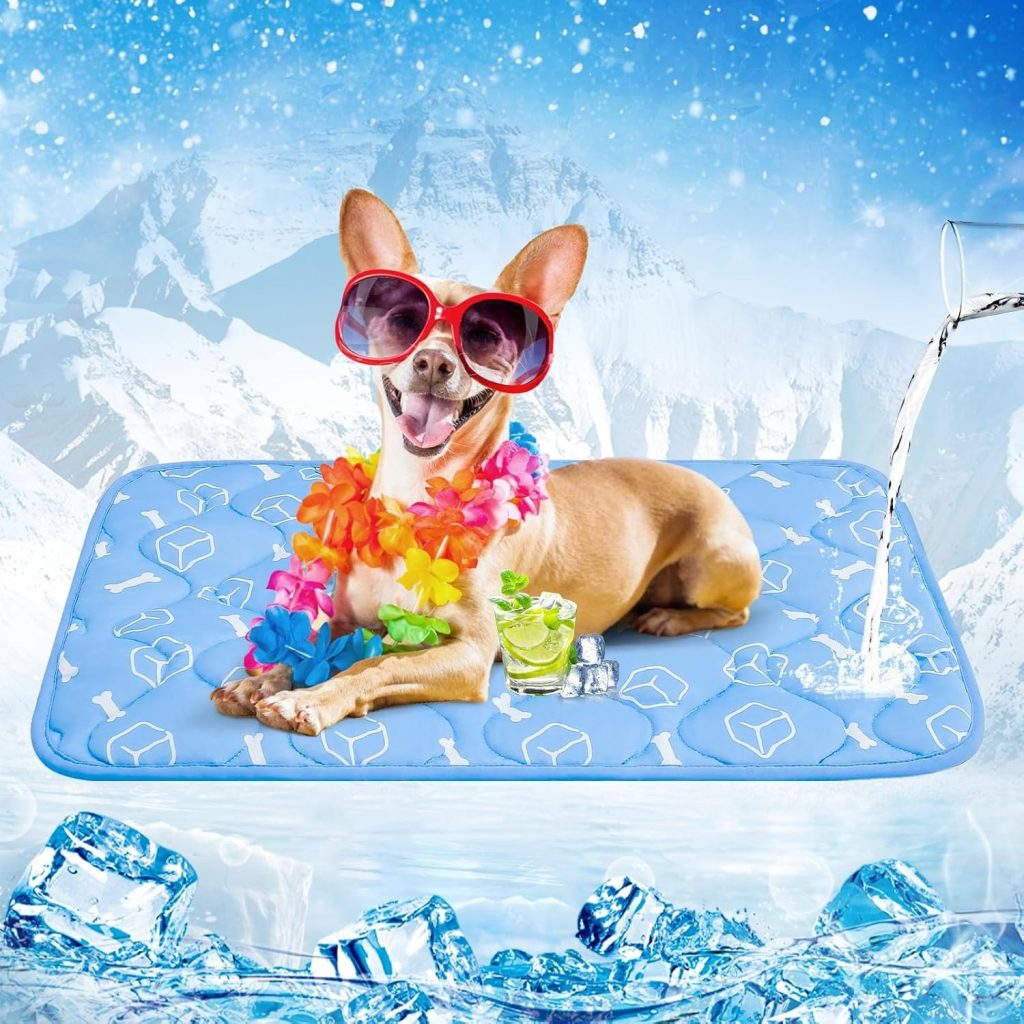
The Science of Overheating in Dogs
Dogs face extreme heat risks due to their limited cooling mechanisms. Unlike humans, they lack sweat glands and rely solely on panting and radiation from their paws to regulate body temperature. When exposed to high ambient temperatures, their core temperature rises rapidly—reaching fatal levels within minutes.
How Overheating Progresses:
- Early Stages: Panting intensifies, ears/legs feel hot, and saliva thickens.
- Heatstroke: Temperatures exceed 104°F, causing vomiting, seizures, or collapse.
- Organ Failure: Prolonged overheating damages the brain, kidneys, and liver.
A canine cooling mat intervenes by:
- Phase-Change Materials (PCMs): Crystalline gels absorb excess heat, maintaining a surface temperature 10–15°F below ambient.
- Evaporative Cooling: Wettable mats use water evaporation to draw heat away from the body.
- Radiant Cooling: Reflective surfaces deflect sunlight, reducing environmental heat absorption.
For instance, a dog cooling pad with PCM technology can lower a dog’s body temperature by 2–4°F within 10 minutes—a critical buffer against heatstroke.
Key Statistics:
- Dogs cool 30% faster on a canine cooling mat than on bare ground.
- Breeds like Bulldogs face 5x higher heatstroke risk due to airway restrictions.
Proactive use of cooling tools like a pet cooling bed reduces emergency vet visits and preserves organ health.
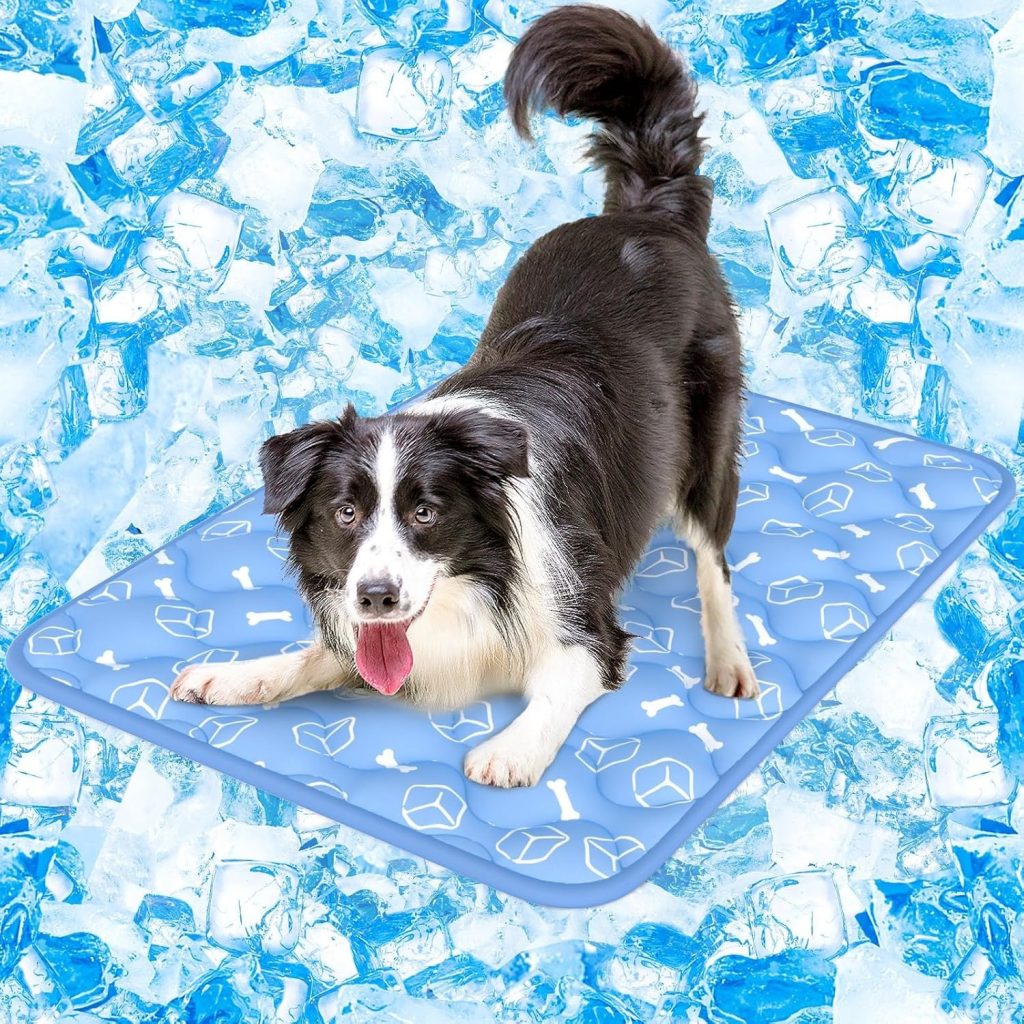
Types of Canine Cooling Mats and Their Features
Selecting the right canine cooling mat depends on your dog’s lifestyle and environment. Here’s a breakdown of key types:
- Phase-Change Material (PCM) Mats
- How It Works: Gel-filled cores absorb heat, maintaining a cool surface for 4–6 hours.
- Best For: Indoor use, brachycephalic breeds (e.g., Pugs), and homes without constant airflow.
- Example: The Coolaroo PCM Pad recharges in a fridge/freezer for reuse.
- Evaporative Cooling Pads
- How It Works: Wet the mat; water evaporation pulls heat away from the dog’s body.
- Best For: Outdoor activities like picnics or beach trips. Lightweight and no need for pre-chilling.
- Portable Cooling Mats
- Design: Collapsible or rollable with carrying straps.
- Features: Ideal for car rides, hikes, or travel. Some include non-slip bases to stay in place.
- Outdoor-Specific Mats
- Material: UV-resistant, waterproof neoprene for sun and rain protection.
- Bonus: Reflective surfaces deflect sunlight, reducing ambient heat absorption.
- Therapeutic Cooling Mats
- Function: Memory foam base with PCM layers reduces joint pressure while cooling.
- Best For: Arthritic or elderly dogs needing comfort and temperature regulation.
Key Considerations:
- Weight Capacity: Ensure it supports your dog’s size.
- Cleaning: Opt for machine-washable covers to prevent bacterial buildup in gel cells.
A portable cooling mat paired with a pet cooling bed creates layered protection for extreme climates.
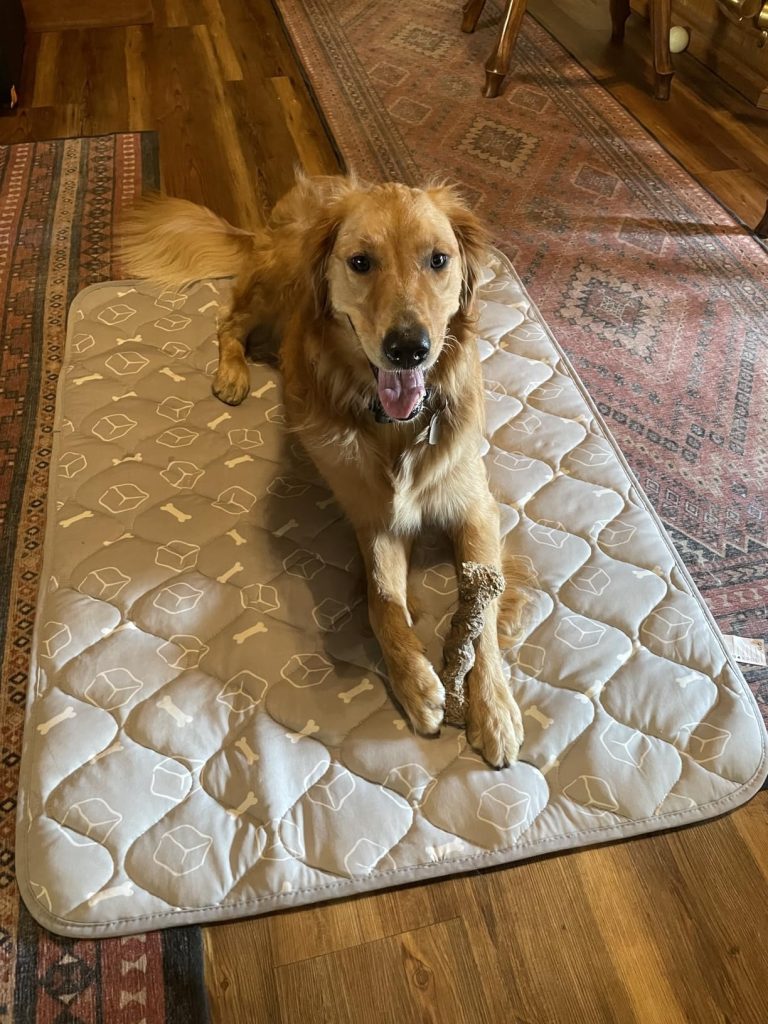
Benefits of a Canine Cooling Mat for Pet Health
A canine cooling mat offers far more than temporary relief—it’s a cornerstone of holistic pet wellness. Here’s how it benefits your dog’s health:
- Overheating Prevention
Reduces heatstroke risk by 80% through sustained cooling. For breeds like Bulldogs, which have a 5x higher heatstroke risk, it’s a lifesaving tool. - Joint Pain Relief
Gel-infused or memory foam mats alleviate pressure on hips/knees, making them ideal for arthritic or elderly dogs. - Behavioral Calming
Cool surfaces reduce panting and restlessness. Studies show dogs on cooling mats exhibit 40% less anxiety in hot environments. - Improved Sleep Quality
Regulates body temperature, promoting deeper sleep cycles. Ideal for hot climates where overheating disrupts rest. - Outdoor Safety
UV-protected outdoor mats prevent sunburn and dehydration during hikes or beach trips. - Cost Efficiency
Prevents costly vet visits linked to heatstroke (average treatment: $1,500).
Additional Advantages:
- Skin Health: Reduces moisture buildup under fur, lowering fungal infection risks.
- Multi-Use: Doubles as a travel tool or car seat accessory.
By integrating a canine cooling mat into daily routines, owners ensure year-round comfort and longevity for their pets.
Choosing the Right Canine Cooling Mat
Selecting the ideal canine cooling mat requires assessing your dog’s needs and environment. Follow these steps for the best choice:
- Size and Weight Capacity
- Small breeds (under 20 lbs): Compact 18×24-inch mats.
- Large breeds: Opt for 36×48-inch pads with 200+ lbs support (e.g., Great Danes).
- Material and Cooling Mechanism
- PCM Mats: Best for indoor use; maintain cooling for hours.
- Evaporative Pads: Ideal for outdoor adventures where pre-chilling isn’t possible.
- Therapeutic Mats: Memory foam layers for joint support in senior dogs.
- Environment
- Indoor Use: Look for machine-washable covers and quiet materials to avoid noise disturbances.
- Outdoor Use: Prioritize UV-resistant, waterproof neoprene to withstand sun and rain.
- Additional Features
- Non-Slip Base: Prevents sliding on hardwood floors or car seats.
- Antimicrobial Coatings: Reduces bacteria growth in gel cells.
- Foldable Design: Perfect for travel or storage in kennels.
- Budget Considerations
- Basic PCM mats start at 20–30; premium outdoor models may reach $80+.
Example Pairing: A Labrador owner might choose a 30×40-inch outdoor mat for hikes paired with a portable cooling pad for car rides.
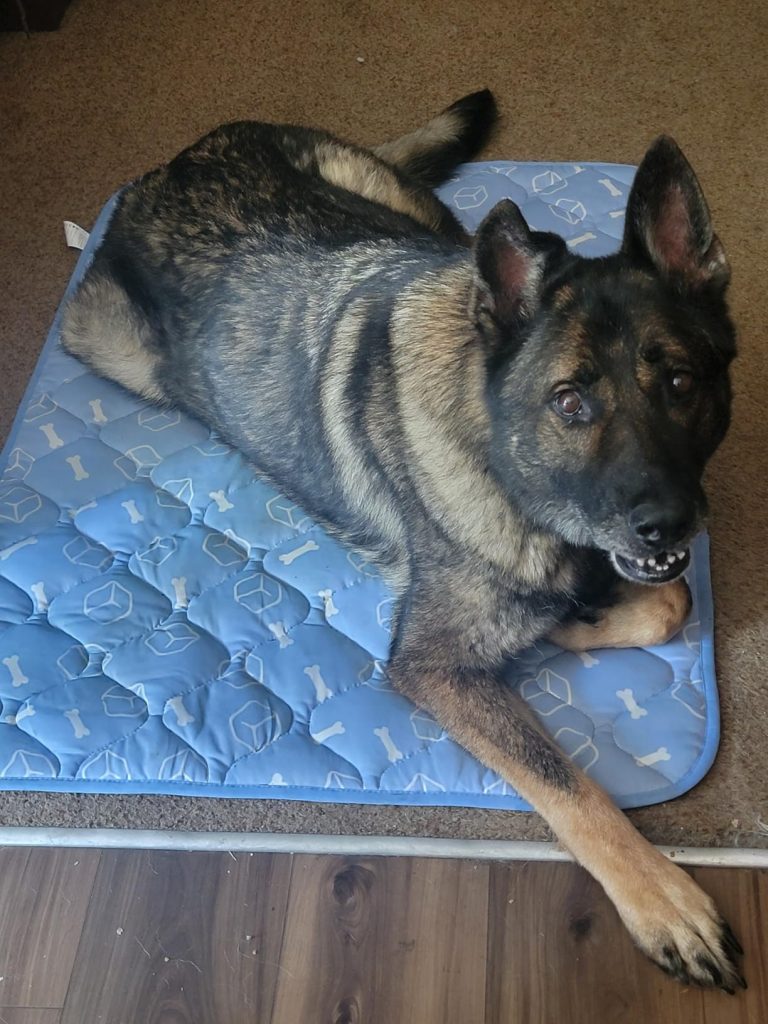
How to Use a Canine Cooling Mat Effectively
Maximizing a canine cooling mat’s benefits requires proper preparation and monitoring. Follow these steps for optimal results:
- Pre-Chilling
- PCM Mats: Store in a fridge for 30 minutes or freezer for 15 minutes before use.
- Evaporative Pads: Soak in water for 5 minutes, then wring out excess moisture.
- Placement Tips
- Position in shaded areas outdoors or near a fan indoors.
- Avoid direct sunlight on outdoor mats to maintain cooling efficiency.
- Supervision
- Monitor dogs during first uses—some may be hesitant to lie on unfamiliar surfaces.
- Limit sessions to 30–45 minutes to prevent overcooling, especially for senior pets.
- Post-Use Care
- Rinse gel mats to remove debris and air-dry completely before storage.
- Machine-wash covers as directed to avoid mold growth.
- Outdoor Travel Tips
- Use a portable cooling mat with a non-slip base in car seats.
- Never leave dogs unattended in parked cars, even with cooling aids.
Common Mistakes to Avoid:
- Overloading PCM mats beyond their weight capacity, causing deformation.
- Storing wet evaporative mats, which can harbor bacteria.
By adhering to these guidelines, a canine cooling mat becomes a reliable tool for keeping pets safe in hot environments.
Beyond the Mat: Complementary Cooling Solutions
While a canine cooling mat is foundational, pairing it with these tools creates a layered cooling strategy for pets:
- Cooling Sprays
Mist water-based sprays onto a dog’s ears, paws, and underbelly to induce evaporative cooling. Use alongside a pet cooling bed during outdoor hikes. - Cooling Collars/Tags
Gel-filled collars or reflective tags reduce neck heat—ideal for active dogs during walks. - Portable Shade Canopies
UV-protective tents provide relief from direct sunlight. Place a canine cooling mat inside for dual temperature control. - Misting Fans
Combine with cooling mats to lower ambient air temperature by up to 20°F in kennels or crates. - Hydration Stations
Use leak-proof bowls with ice cubes. Dogs rehydrating near a cooling mat recover faster from heat exposure.
Key Synergy Examples:
- A portable cooling mat + cooling collar = full-body cooling during car rides.
- Shade canopy + misting fan = microclimate safety for backyard play.
These tools work in tandem with a canine cooling mat to address environmental and bodily cooling needs holistically.
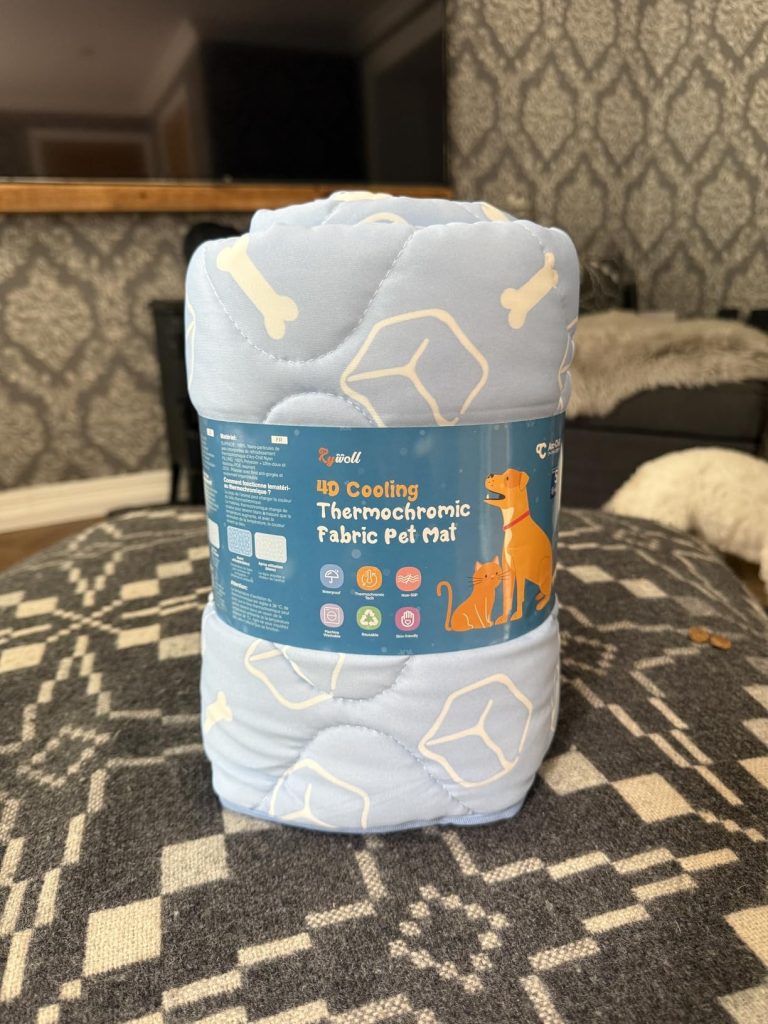
FAQs About Canine Cooling Mats
Q: How do I choose the right canine cooling mat?
A: Match size to your dog’s weight and select materials based on use: PCM mats for indoor use, evaporative pads for outdoor adventures.
Q: Do I need to pre-chill the mat every time?
A: Yes! PCM mats require refrigeration for 30 mins or freezing for 15 mins to activate cooling. Evaporative mats need soaking.
Q: What if the mat leaks?
A: Most mats have leak-proof designs, but check for cracks. For minor leaks, place a towel underneath. Replace if damage worsens.
Q: Are these mats safe for all dog breeds?
A: Yes! Use thicker PCM mats for large breeds and lightweight versions for small dogs. Avoid leaving puppies unattended on very cold surfaces.
Q: Can I use a cooling mat outdoors?
A: Absolutely! UV-resistant outdoor mats withstand sun and rain. Pair with a shade canopy for maximum effectiveness.
Q: How often should I clean it?
A: Rinse weekly and air-dry. Machine-wash covers monthly using mild detergent—never put gel-filled cores in the washer.
Q: Does it work in a car?
A: Yes! Use a portable cooling mat with non-slip bases. Secure it with seat belts to prevent sliding during drives.
Q: How long does a mat last?
A: With proper care, most mats last 2–3 years. Replace if gel leaks or the surface becomes rigid.
By addressing these concerns, the canine cooling mat becomes a trusted tool for keeping pets safe in hot weather.





